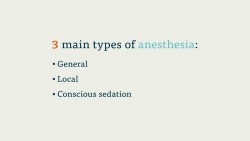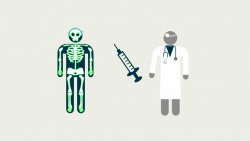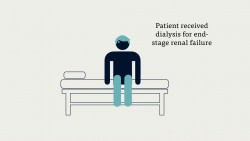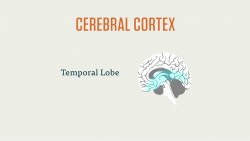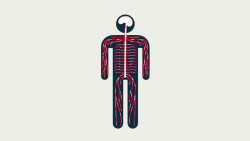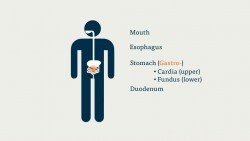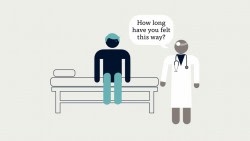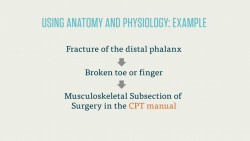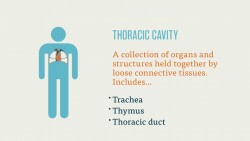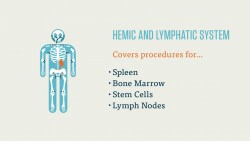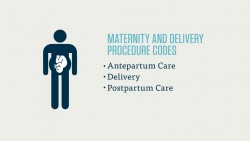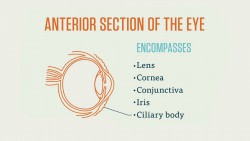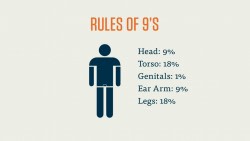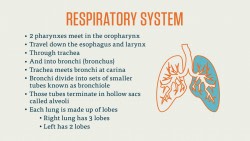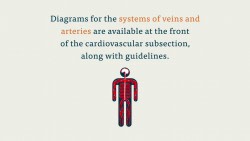One of the two smallest sections of CPT Category I, the Pathology and Laboratory section contains codes for the numerous medical tests specialist perform to determine the cause of a patient’s condition. This may include blood tests, drug tests, urinalysis, hematology, and a variety of other assessments.
Despite being a relatively small section (compared to, say, Surgery), around ten of the 150 questions on the CPC exam will focus on Path and Lab. (This figure is approximate, as the AAPC does not publish the makeup of the CPC exam).
Let’s look at the Pathology and Laboratory section now.
Pathology and Laboratory features a variety of clinical tests. Most of these, like the panels found at the front of the section, include taking samples from the patient and analyzing them. (Panels is a set of biological samples, like blood, analyzed in a lab).
Here’s a more detailed look at the types of tests Pathology and Laboratory includes, and the numerical ranges they occupy.
| Field | Range | Field | Range |
|---|---|---|---|
| Organ or Disease-oriented Panels | 80047 – 80076 | Drug Testing | 80100 – 80104 |
| Therapeutic Drug Assays | 80150 – 80299 | Evocative/ Suppression testing | 80400 – 80440 |
| Consultations (Clinical Pathology) | 80500 – 80502 | Urinalysis | 81000 – 81099 |
| Molecular Pathology | 81200 – 81479 | Multianalyte Assays with Algorithmic Analyses | 81500 – 81599 |
| Chemistry | 82000 – 84999 | Hematology and Coagulation | 85002 – 85999 |
| Immunology | 86000 – 86849 | Tranfusion Medicine | 86850 – 86999 |
| Microbiology | 87001 – 87999 | Anatomic Pathology | 88000 – 88099 |
| Cytopathology | 88104 – 88199 | Cytogenic Studies | 88230 – 88299 |
| Surgical Pathology | 88300 – 88399 | In Vivo Laboratory Procedures | 88720 – 88749 |
| Other Procedures | 89049 – 89240 | Reproductive Medicine Procedures | 89250 – 89398 |
There are two types of general tests in Path and Lab: qualitative and quantitative. Quantitative tests how much of a certain thing is in the body (say, calcium or alcohol), while qualitative tests for the presence of a substance, period.
Path and Lab codes are measured by the number of tests performed, and not the results of the test. That is, if you tested for Phenobarbital and alcohol, you’d list that as two procedures.
Let’s look at the first section of panels. Each panel has a set of requirements. A comprehensive metabolic panel, for instance, has to test for albumin, carbon dioxide, potassium, sodium, total protein, and nine other substances. What the panels require determines on the system or pathology the panel is trying to determine.
Up next is drug testing. The first portion of this subsection is made up of qualitative assays. They test whether a drug is present. Then there’s the drug assays. There’s a specific code for each type of drug. These drug assay codes are all quantitative (how much lidocaine in the system, for instance).
Recommended Online Programs
The Path and Lab section also includes a number of pathological tests. Molecular pathology procedures test genes, antigens, and a number of other biological functions to assess the possibility, or confirm the diagnosis of, a condition. A test for the genetic predisposition to a certain type of breast cancer, for example, would be found here.
Following the molecular pathology is the chemistry subsection. In this subsection, there are tests for specific chemical compounds, which can tell the pathologist or physician about the patient’s condition. The immunology section is similar. Tests in this section help determine the presence or response of certain important chemicals in the body as they are related to the immune system. Here you’ll find tests for certain allergens and quantitative assays for tumor antigens.
Path and Lab also contains a subsection for microbiological tests. These tests determine the presence of organisms like giardia, rubeola, hepatitis, and HIV. There are specific codes for each microbiological organism.
The section closes with anatomic pathology, surgical pathology, and a number of others types of pathological investigation. In anatomic pathology you’ll find procedure codes for autopsies.
Surgical pathology involves the assessment of human tissue. Any time tissue is removed for examination, there’s a relevant Path and Lab code. If a surgeon is performing a biopsy of the bone marrow, there’s a Path and Lab code for it. Ditto for the resection of an adrenal gland, or a mastectomy. These surgical pathology codes are divided by level. Each level is rather large and covers a wide range of things. They’re grouped by the difficulty and/or expense of the excision or resection procedure. So, the more difficult or costly a tissue sample is to obtain, the higher the level of surgical pathology code you’ll use.
Surgical pathology also includes codes for Path and Lab tests that are performed during surgery. You will probably see a question on this on the CPC exam. In this procedure, a pathologist analyzes a tissue sample during the procedure in order to ensure the surgeon has removed the appropriate amount of tissue.


